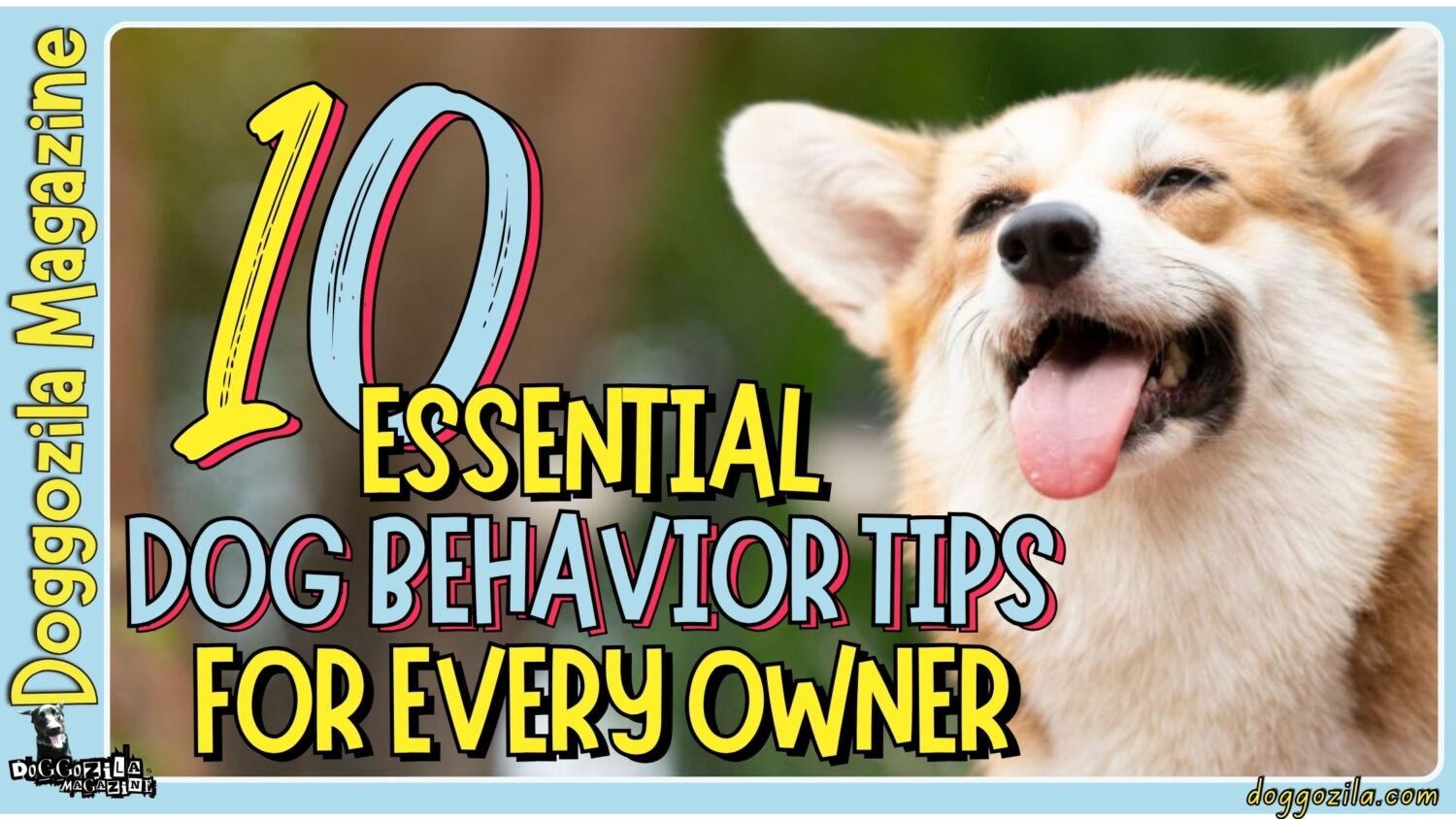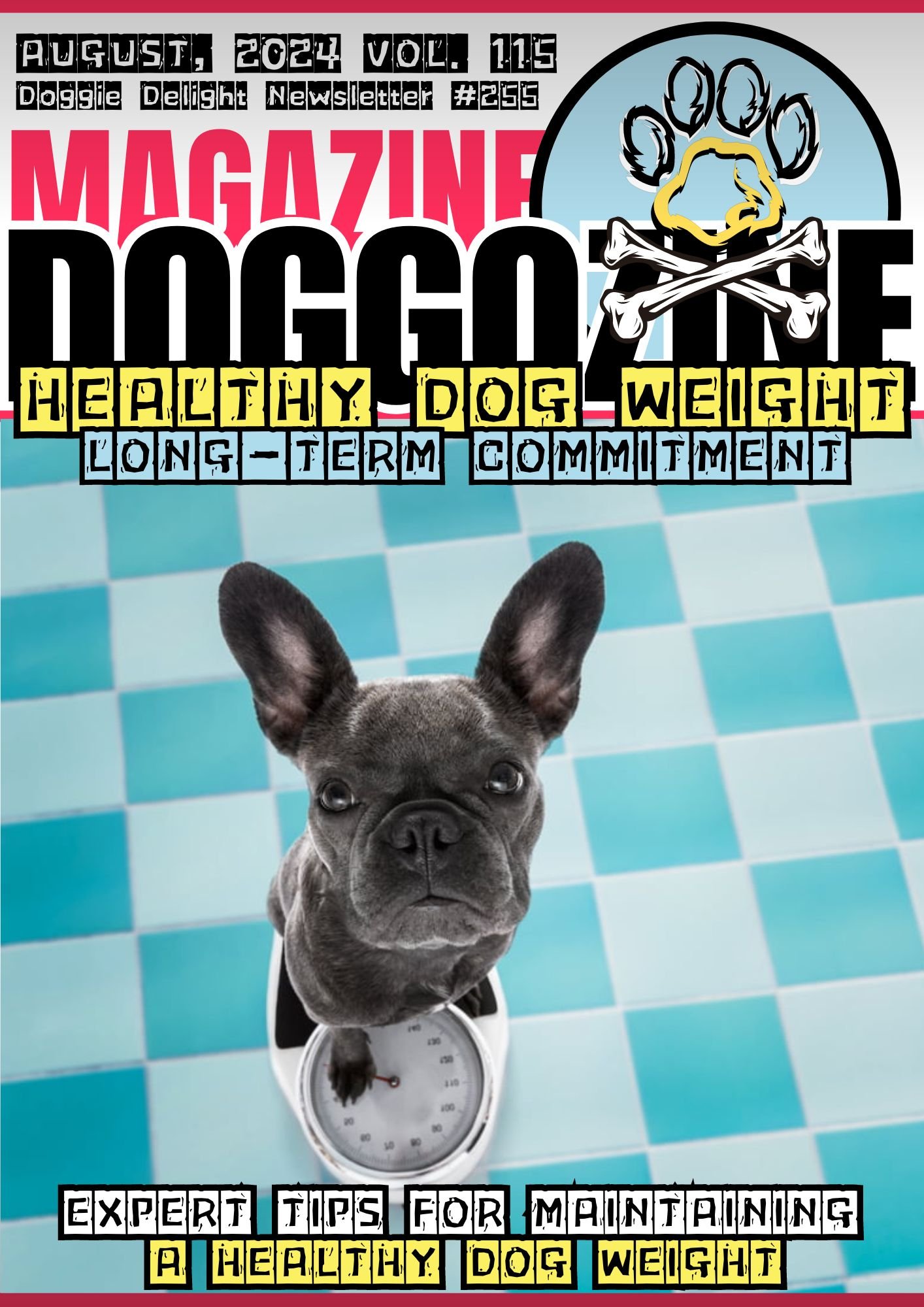
EXPERT TIPS FOR MAINTAINING A HEALTHY DOG WEIGHT
When it comes to our furry friends, maintaining a healthy dog weight is just as important for them as it is for us humans. A healthy weight not only ensures that our dogs are in optimal physical condition, but it also helps to prevent various health issues that can arise from being with higher weight or underweight.
In this article, we will explore expert tips and strategies for maintaining a healthy weight for your dog, including ideal weight ranges, portion control, exercise, and more. We will also delve into the importance of the right nutrition for your dog’s overall well-being.
Understanding Ideal and Healthy Dog Weight Ranges
Every dog breed has an ideal weight range that is considered healthy for their size and build. It is important to understand and identify this range for your specific dog in order to maintain their overall health. Consult with your veterinarian to determine the ideal weight range for your dog, as it can vary based on factors such as breed, age, and activity level.
Determining and Maintaining the Right and Healthy Dog Weight
Once you have identified the ideal healthy weight range for your dog, it is crucial to determine their current weight and work towards achieving and maintaining the right weight. Regularly weigh your dog and keep track of their weight to ensure they stay within the recommended range. If your dog is underweight or have higher weight body, consult with your veterinarian to develop a plan for achieving the right weight. This may involve adjusting their diet, portion control, and increasing or decreasing exercise.
Portion Control for Healthy Dog Weight
Portion control plays a significant role in maintaining a healthy weight for your dog. Feeding your dog the right amount of food is crucial to prevent overeating and weight gain. Follow the recommended feeding guidelines provided by your veterinarian or the dog food manufacturer. These guidelines are typically based on your dog’s weight, age, and activity level. It is important to measure your dog’s food accurately and avoid free-feeding or leaving food out all day. Stick to a consistent feeding schedule to establish a routine for your dog.
Exercise for Healthy Dog Weight
Regular exercise is essential for maintaining a healthy weight and overall well-being for your dog. The amount and type of exercise required can vary based on your dog’s breed, age, and health condition. Engage your dog in daily physical activities such as walks, runs, playtime, or interactive games. This not only helps to burn calories but also provides mental stimulation and strengthens the bond between you and your furry friend.
🔑 Key Points: Every dog breed has an ideal weight range that is considered healthy for their size and build. Regularly weigh your dog and keep track of their weight to ensure they stay within the recommended range. It is important to measure your dog’s food accurately. Consult with your veterinarian to determine the appropriate exercise routine for your dog.

CALCULATING YOUR DOG’S DAILY CALORIC NEEDS
Accurately calculating your dog’s daily caloric needs is crucial to ensure they are receiving the right nutrition and maintaining a healthy weight.
practical tips for calculating your dog’s daily caloric needs
- Consult with your veterinarian: Your veterinarian will have the expertise to help you determine the appropriate caloric intake for your dog based on their specific needs.
- Consider your dog’s activity level: Dogs with higher activity levels will require more calories to fuel their energy needs. Take into account how active your dog is on a daily basis.
- Factor in your dog’s age: Puppies, adult dogs, and senior dogs have different caloric requirements. Adjust the portion sizes accordingly based on your dog’s age.
- Monitor your dog’s weight: Regularly weigh your dog and make adjustments to their caloric intake as needed to maintain their ideal weight.
- Choose a high-quality dog food: Opt for a dog food that is specifically formulated to meet your dog’s nutritional needs. Avoid feeding them table scraps or low-quality food that may be high in calories but lacking in essential nutrients.
The Importance Of Providing The Right Nutrition
Proper nutrition is vital for your dog’s overall health and well-being. Along with maintaining a healthy weight, providing the right nutrition ensures that your dog receives the necessary vitamins, minerals, and nutrients to support their immune system, promote healthy digestion, and maintain strong bones and muscles. Consult with your veterinarian to determine the best diet for your dog, taking into consideration their age, breed, any underlying health conditions, and personal preferences.
Tips for Effective and Healthy Dog Weight Management
Maintaining a healthy weight for your dog is essential for their overall well-being. By understanding the ideal weight range, practicing portion control, incorporating regular exercise, and providing the right nutrition, you can ensure that your furry friend stays healthy and happy. Remember to consult with your veterinarian for personalized advice and guidance on maintaining a healthy weight for your dog.
Controlling Portions for Effective and Healthy Dog Weight Management
When it comes to keeping your dog healthy, maintaining an appropriate weight is crucial. Just like humans, dogs can struggle with weight issues, which can lead to various health problems. One of the key factors in managing your dog’s weight is controlling their portions effectively. Further in this article, we will explore portion sizes and feeding practices that can help you keep your furry friend at a healthy weight.
🔑 Key Points: If you follow the ideal weight range, practicing portion control, incorporating regular exercise, and providing the right nutrition, you can ensure that your furry friend stays healthy and happy.
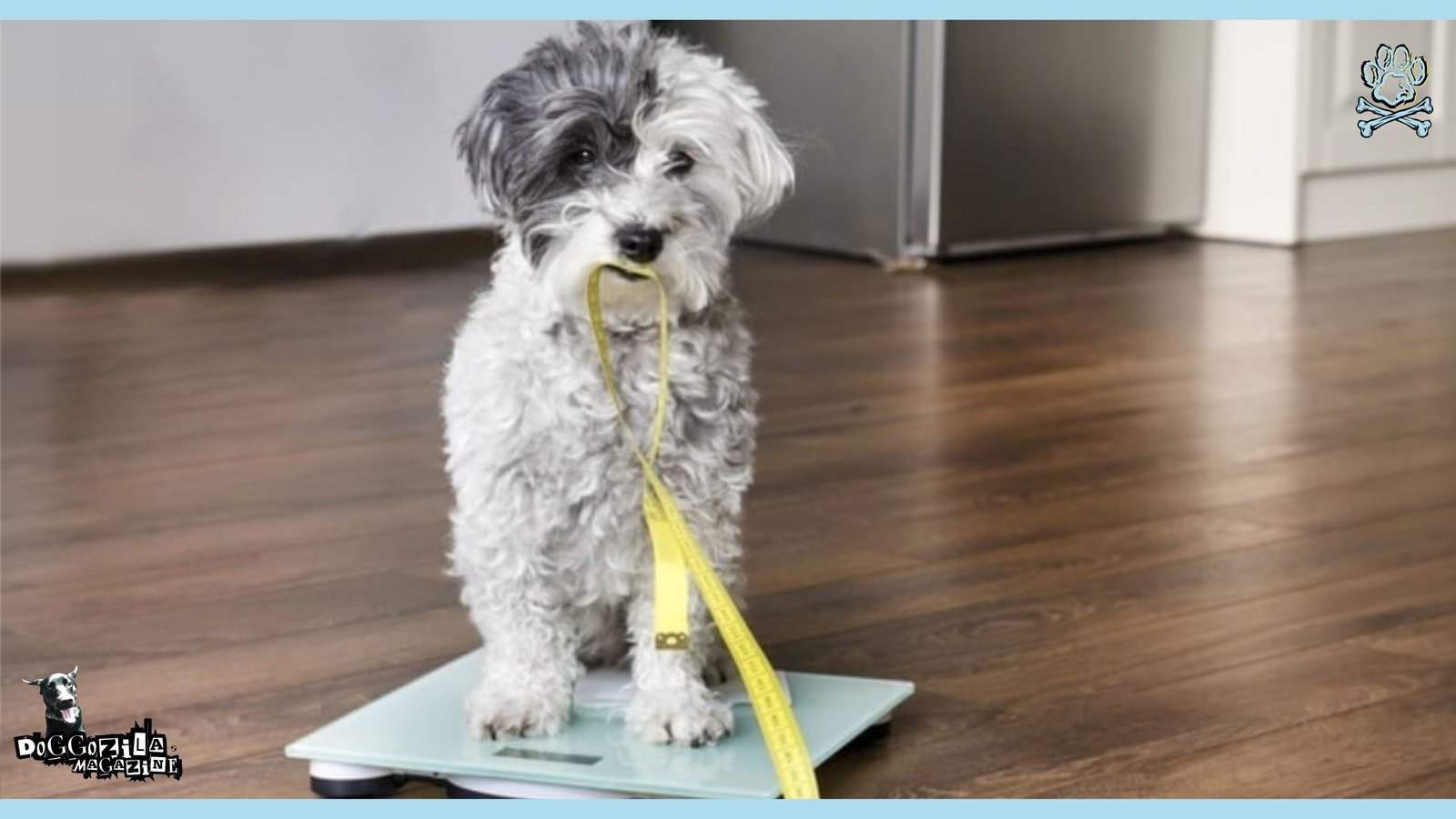
THE IMPORTANCE OF PORTION SIZES
Portion sizes play a vital role in your dog’s weight management. Feeding your dog the right amount of food ensures that they receive the necessary nutrients without consuming excess calories.
Calorie densities and calorie content in portions
It’s important to remember that the appropriate portion size for your dog may vary based on factors such as their age, breed, activity level, and overall health. Consulting with your veterinarian can help you determine the ideal portion size for your dog.
When measuring your dog’s food, it’s best to use a measuring cup or a kitchen scale to ensure accuracy. Eyeballing the portion may lead to overfeeding your dog, which can contribute to weight gain over time. Additionally, it’s essential to consider the calorie content of the food you’re feeding your dog. Different dog food brands and formulas may have varying calorie densities, so be mindful of the calorie content when determining portion sizes.
🐾
Top 3 Fun Facts About Healthy Dog Weight You Should Remember
1. The “Rib Check” Secret: Did you know you can play a fun “guess the ribs” game with your dog to check their weight? Gently run your hands along their sides, if you can easily feel (but not see) their ribs under a thin layer of fat, they’re likely at a healthy weight! Think of it like nature’s built-in BMI calculator. No scales, no stress, just a quick pet-and-check!
2. The 15% Rule = More Playtime! Keeping your dog at a healthy weight can add up to 15% more years to their life, that’s potentially extra years of fetch, hikes, and couch cuddles! Imagine all the extra adventures (and treats, in moderation, of course) you’ll get to share just by keeping them lean and active.
3. The “Slow Eater” Hack: Dogs with higher weight body often gobble food too fast, but a simple trick can help, spread their kibble on a lick mat or use a puzzle feeder! This forces them to eat slower, burns mental energy, and helps prevent overeating. Plus, it turns mealtime into a fun brain game. Who knew weight management could be this entertaining?
Healthy Weight = Happy, Zoomie-Filled Days!
🐾
Feeding Practices For A Healthy Dog Weight
In addition to controlling portion sizes, there are other feeding practices you can incorporate to promote a healthy weight for your dog.
Here are a few tips:
- Establish a Feeding Schedule: Consistency is key when it comes to feeding your dog. Establish a regular feeding schedule and stick to it. Avoid leaving food out all day, as free-feeding can lead to overeating.
- Avoid Table Scraps: While it may be tempting to share your food with your furry friend, it’s best to avoid feeding them table scraps. Human food can be high in calories and may not provide the necessary nutrients for your dog.
- Choose High-Quality Food: Opt for high-quality dog food that is specifically formulated for weight management. These formulas are often lower in calories and higher in fiber, helping your dog feel fuller for longer.
- Avoid Feeding Excess Treats: Treats are a great way to reward your dog, but they can also contribute to weight gain. Be mindful of the number of treats you give your dog and consider using healthier alternatives such as small pieces of vegetables or specialized low-calorie dog treats.
The Benefits of a High-Fiber Diet
Incorporating fiber into your dog’s diet can be beneficial for weight management. Fiber-rich foods help promote a feeling of fullness, preventing overeating. Additionally, fiber aids in digestion and can contribute to a healthy weight.
Here are some benefits of a high-fiber diet for your dog:
- Weight Control: Foods high in fiber tend to be less calorie-dense, allowing your dog to consume a larger volume of food while keeping the calorie intake in check.
- Improved Digestion: Fiber helps regulate bowel movements and can prevent constipation or diarrhea in dogs.
- Stable Blood Sugar Levels: High-fiber foods have a lower glycemic index, meaning they release sugar into the bloodstream more slowly. This can help stabilize your dog’s blood sugar levels and prevent spikes and crashes.
- Reduced Risk of Obesity: A high-fiber diet can help prevent obesity in dogs by promoting satiety and reducing the likelihood of overeating.
- Healthy Gut: Fiber acts as a prebiotic, nourishing the beneficial bacteria in your dog’s gut and promoting a healthy digestive system.
🔑 Key Points: Portion sizes are important for your dog’s weight management. High-fiber diet is good eating habit for your dog.

ENGAGING EXERCISES FOR MAINTAINING A HEALTHY DOG WEIGHT
Exercise is an essential component of weight management for dogs. Regular physical activity helps burn calories and maintain muscle tone.
Engaging exercises that can help your dog maintain a healthy weight
- Brisk Walking: Take your dog for daily walks to provide them with both mental and physical stimulation. Gradually increase the duration and intensity of the walks to challenge your dog.
- Swimming: Swimming is a low-impact exercise that is gentle on your dog’s joints. It provides a full-body workout and is particularly beneficial for dogs with joint issues or those who have higher weight body.
- Interactive Toys: Engage your dog’s mind and body by using interactive toys that require physical effort to obtain treats or rewards. These toys can keep your dog entertained while providing exercise.
- Agility Training: Set up an agility course in your backyard or find a local dog agility club. Agility training not only helps your dog burn calories but also improves their coordination and mental focus.
- Play Fetch: Playing fetch is a classic game that provides both mental and physical exercise for your dog. Use a ball or a frisbee to keep your dog active and entertained.
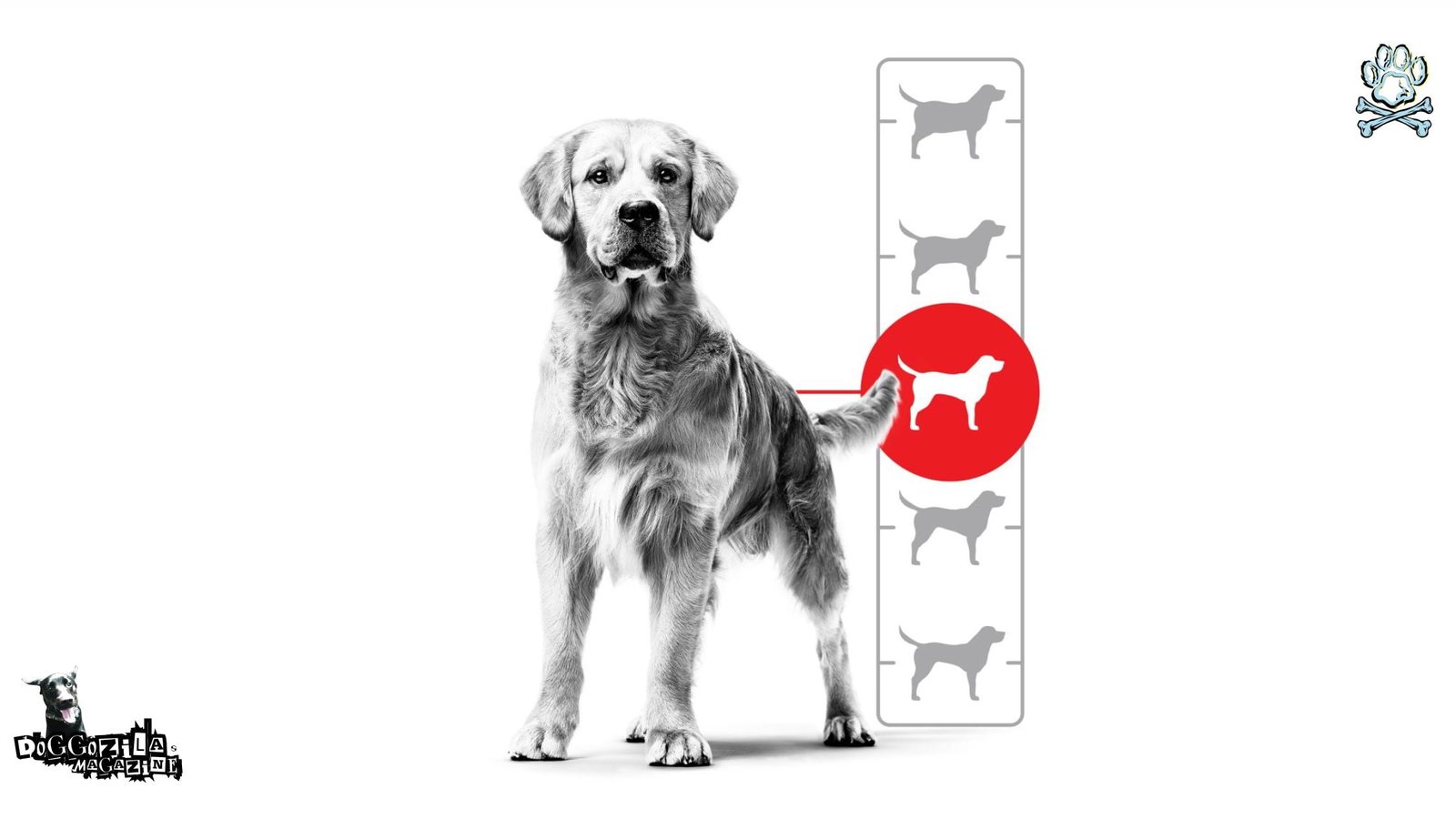
Monitoring Your Dog’s Body Condition Score
Monitoring your dog’s body condition score is an important aspect of overall health assessment. The body condition score evaluates your dog’s body composition and helps determine whether they are underweight, have a body with a higher weight, or at an ideal weight. By regularly assessing your dog’s body condition score, you can make informed decisions regarding their diet and exercise regimen.
The body condition score is typically based on a scale of 1-9, with 1 being emaciated and 9 being a dog with higher weight. Ideally, your dog should fall within the range of 4-5, where they have a visible waistline and their ribs are easily felt without being prominent. Consulting with your veterinarian can help you accurately assess your dog’s body condition score and make any necessary adjustments to their weight management plan.
Effective Weight Loss Strategies for Dogs
You should always prevent obesity in dogs. If your dog have already a body with higher weight , it’s important to implement effective weight loss strategies to improve their health.
Practical Tips for Combating Obesity in Dogs
- Consult with Your Veterinarian: Before starting any weight loss program, consult with your veterinarian. They can provide guidance tailored to your dog’s specific needs and recommend a suitable diet and exercise plan.
- Gradual Weight Loss: Rapid weight loss can be detrimental to your dog’s health. Aim for a gradual weight loss of 1-2% of their body weight per week to ensure they are losing fat and not muscle mass.
- Portion Control: Measure your dog’s food accurately and avoid overfeeding. Consider using a specialized weight management formula that is lower in calories and higher in fiber.
- Regular Exercise: Increase your dog’s daily exercise gradually. Start with low-impact activities such as walking or swimming and gradually incorporate more intense exercises as your dog’s fitness level improves.
- Monitor Progress: Keep track of your dog’s weight loss progress by regularly weighing them and assessing their body condition score. Adjust their diet and exercise plan as needed.
Remember, weight management is a long-term commitment. Consistency and patience are key to helping your dog achieve and maintain a healthy weight.
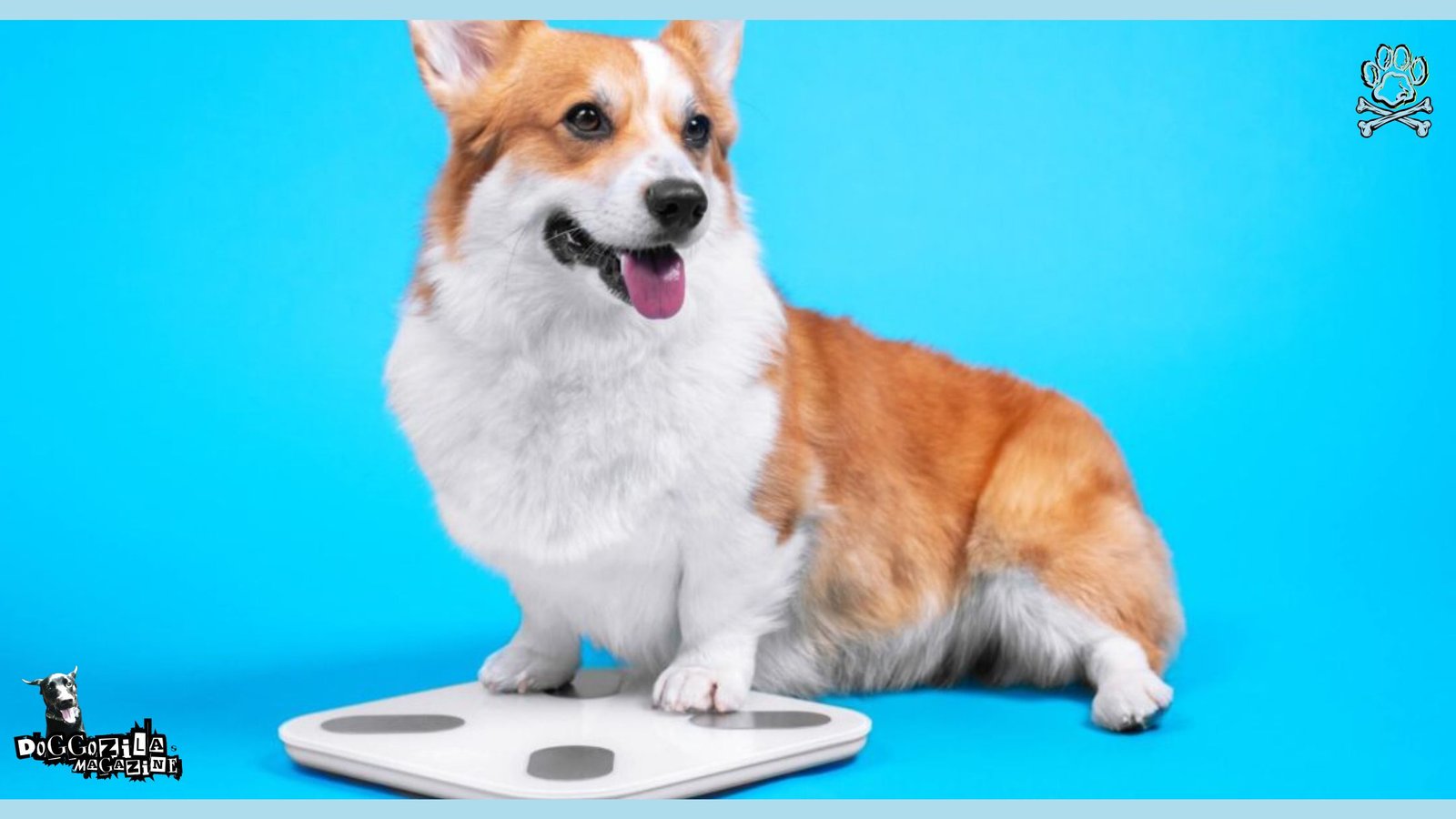
By implementing portion control, incorporating fiber into the dog’s diet, engaging in regular exercise, and monitoring their body condition score, you can ensure your furry companion is on the path to optimal health.
Check out if your dog’s current weight is healthy one or he might need a change of lifestyle!
CALCULATE HERE – Healthy Weight Calculator

